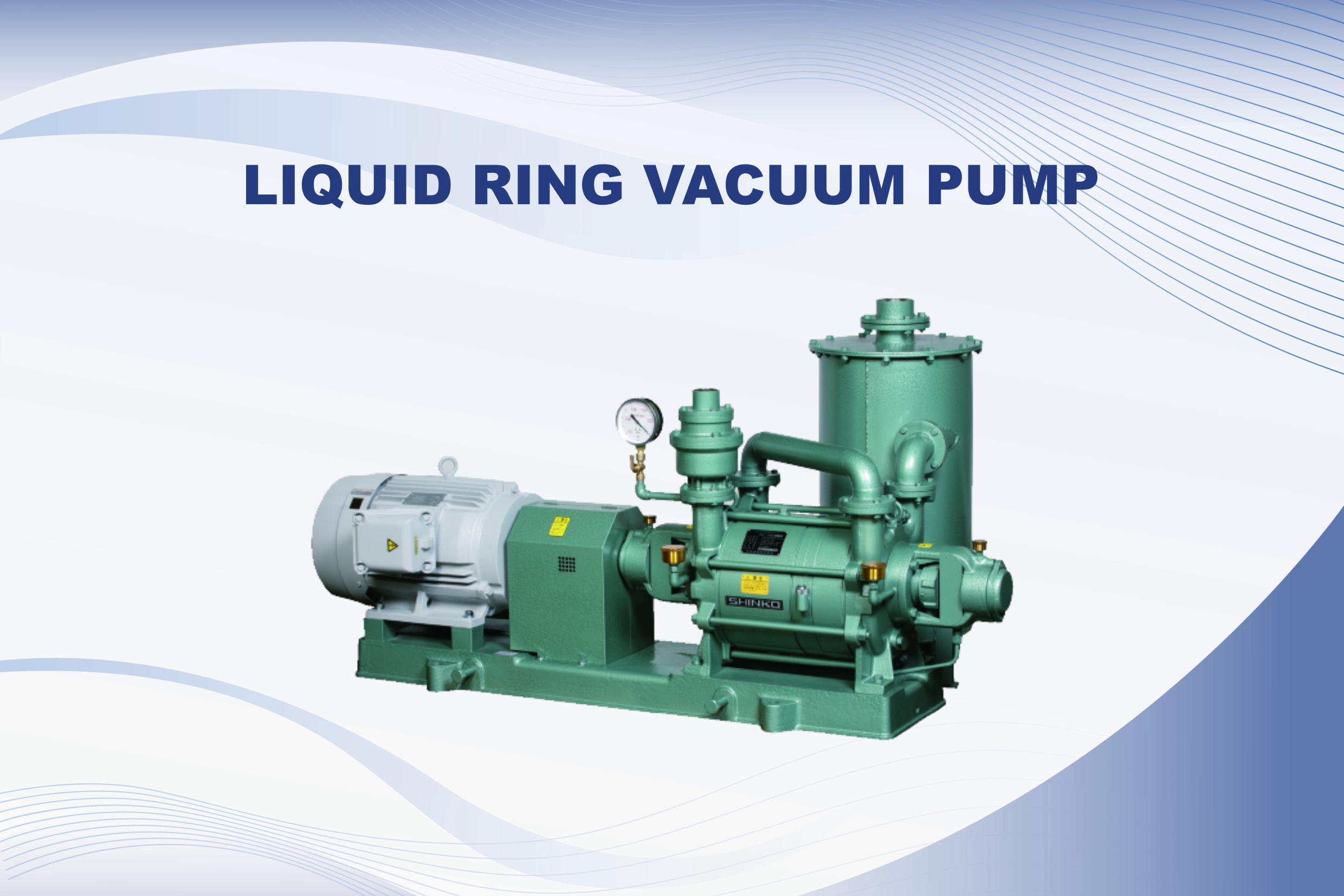
Why are liquid ring vacuum pumps preferred across industries like chemicals, pharma, power, and food processing? The reason is simple: they are tough, reliable, and can easily handle wet or saturated gases.
But even the most rugged pump won’t give you its best unless you manage and maintain it regularly. So, how can you get the most out of your liquid ring vacuum pump?
A multi-blade impeller spins inside an off-centre casing partially filled with water or another seal liquid such as oil. As it rotates, the liquid forms a ring, creating small chambers that suck in and compress gas. Thus, the vacuum is created.
Get to know advanced design features:
• Single-stage or double-stage pumps for different vacuum levels
• Closed-loop water systems with heat exchangers (to save water and energy)
• Corrosion-resistant builds for longer life
• Smart automation options with PLC/SCADA/DCS integration
In Chemical and Pharmaceutical processes, liquid ring vacuum pumps are used in distillation, drying, solvent recovery, and crystallization. It is resistant to corrosive gases and vapours especially when constructed from corrosion-resistant materials.
• Possible Causes: Low seal liquid, high temperature, leaks, or wrong pump size.
• Quick Fix: Top up water, check joints/valves for leaks, and confirm the pump is sized right.
• Possible Causes: Blocked pipes, poor liquid flow, or too much backpressure.
• Quick Fix: Clean your pipes, regulate flow, and use control panels to balance levels.
• Possible Causes: Cavitation, dirt in the system, or worn bearings.
• Quick Fix: Filter your water, maintain levels, and replace bearings routinely.
• Possible Causes: Poor cooling, high ambient temperature, or heavy gas load.
• Quick Fix: Install a heat exchanger, monitor load, and add temperature sensors.
• Possible Causes: Corrosive fluids, lack of lubrication, or misalignment.
• Quick Fix: Use compatible seal liquids, lubricate on schedule, and check alignment.
• Keep seal water flowing steadily.
• Maintain seal water between 15–25°C with a heat exchanger.
• Avoid cavitation with proper suction pressure.
• Daily check water levels, flow, and temperature.
• Monthly Clean filters and heat exchangers.
• Always use treated or soft water to avoid scaling.
• Follow a preventive schedule for seals, bearings, and motor.
• Auto water tanks with level sensors
• Heat exchanger controls via flow & temp sensors
• Remote monitoring with SCADA or HMI
Don’t forget your safety interlocks: alarms and auto shutdowns for low water flow, overheating, motor overload, or low tank levels. Such small but relevant things will save your equipment from major damage.
A LRVP is one of the key equipment of your process and it needs to be taken care of. With proactive maintenance, closed-loop cooling, and smart automation, you will enjoy:
Longer pump life, Lower operating costs and Minimal downtime
The reliability of your liquid ring vacuum pump depends on maintenance and also on your technology partner. Tekman Industries has been delivering advanced vacuum solutions tailored to India’s evolving industrial needs for decades. From closed-loop water recovery systems that save up to 90% of water and support sustainability goals like Jal Shakti Mission to automation-ready LRVP setups, Tekman ensures your operations stay efficient, cost-effective, and future-ready.
Partnering with Tekman is a long-term advantage, connect with us now.